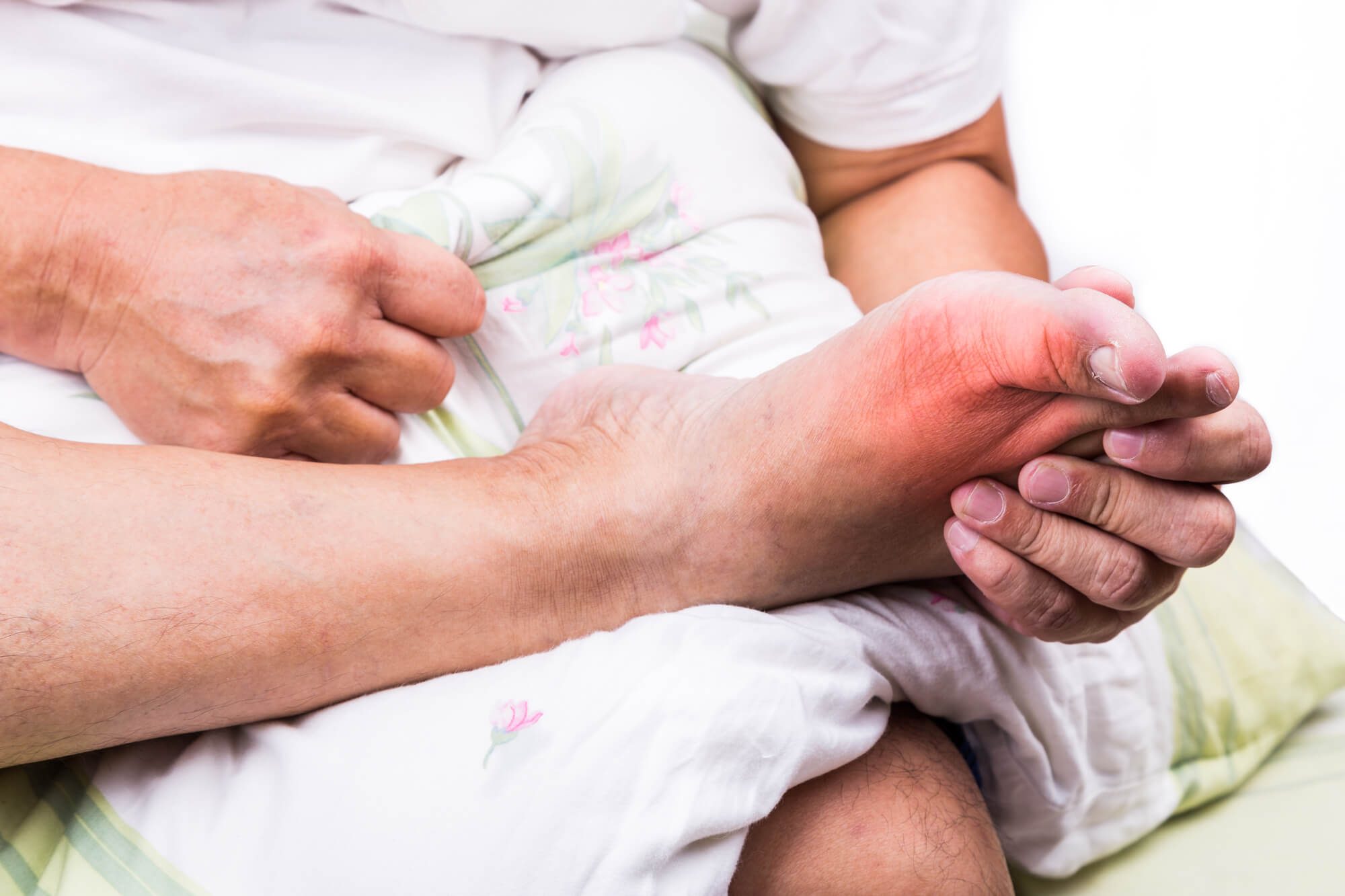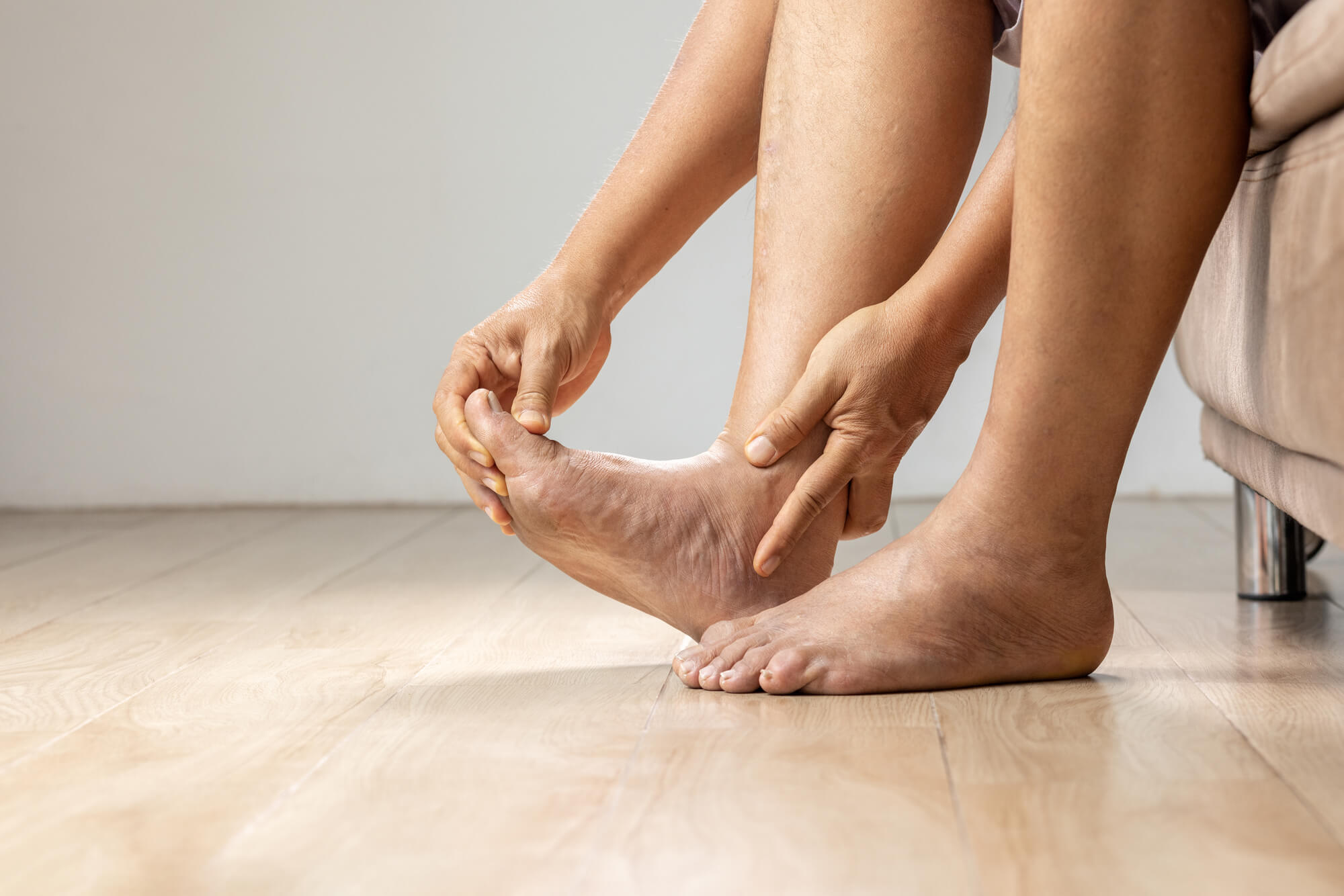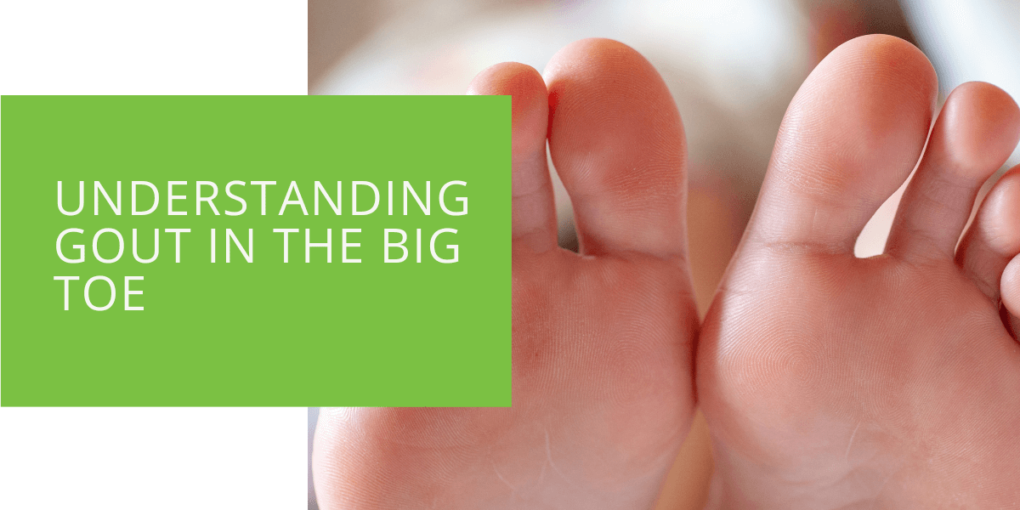Understanding Gout in the Big Toe
Gout is a form of arthritis that causes sudden and severe pain, redness, and swelling in one or more joints. Gout most commonly affects the big toe but can also affect other joints, such as the ankle, heel, knee, and elbow. Gout occurs when there is an overabundance of uric acid in the body, which forms crystals that can deposit in the joints and cause inflammation and pain. People with gout are at an increased risk of developing joint damage if the condition is left untreated. This article will discuss the causes, symptoms, and treatment options for gout in the big toe.
What is Gout?
Definition and Causes
Gout is a type of arthritis that occurs when there is an overabundance of uric acid in the body. Uric acid is a waste product formed when the body breaks down purines found in some foods and drinks. Normally, uric acid dissolves in the blood and is eliminated from the body through urine. However, some people produce too much uric acid or have a problem with how their body eliminates it, leading to the formation of uric acid crystals. These crystals can deposit in the joints, particularly the big toe, and cause inflammation and pain.
Risk Factors
Several factors increase the risk of developing gout, including:
- Age: Gout is more common in men over the age of 40 and women over the age of 50.
- Gender: Men are more likely to develop gout than women.
- Genetics: People with a family history of gout are more likely to develop the condition.
- Diet: Consuming large amounts of purine-rich foods and drinks, such as red meat, organ meats, seafood, and alcohol, can increase the risk of gout.
- Medical conditions: People with high blood pressure, obesity, kidney disease, and diabetes are at an increased risk of gout.
Symptoms of Gout in the Big Toe
Pain and Swelling
The most common gout symptom is sudden, severe pain in the affected joint. The pain is usually accompanied by redness, warmth, and swelling in the area. These symptoms often occur at night and may wake the person from sleep. The pain and swelling can make it difficult to move the affected joint, and the joint may feel stiff and tender to the touch.
Symptoms of Gout Flare
Gout symptoms can come and go in episodes called gout flares. The symptoms are more severe during a flare and may last several days. The frequency and severity of gout flares can vary from person to person.

Diagnosis and Treatment of Gout in the Big Toe
Diagnosis Methods and Process
To diagnose gout, a healthcare professional will typically take a medical history, perform a physical examination, and order laboratory tests. The laboratory tests may include a uric acid level test, which measures the level of uric acid in the blood. A joint fluid test may also be performed, in which a fluid sample is removed from the affected joint with a needle and analyzed for uric acid crystals. In some cases, an X-ray or MRI may be ordered.
Treatment Options Available
Treatment for gout in the big toe typically involves reducing inflammation and pain and preventing future gout flares. Treatment options include:
- Medications: Non-steroidal anti-inflammatory drugs (NSAIDs), such as ibuprofen, can help to reduce pain and inflammation. Colchicine is another medication that can be used to treat gout and reduce the frequency of gout flares. For people with recurrent gout attacks, a medication called allopurinol can be prescribed to lower the uric acid level in the body.
- Home remedies: Applying ice or a cold pack to the affected joint can help to reduce pain and inflammation. Soaking the joint in warm water or a warm bath may also provide relief.
- Lifestyle changes: people with gout are often advised to make dietary changes such as avoiding foods high in purines, limiting alcohol intake, and maintaining a healthy body weight.
Prevention and Management of Gout in the Big Toe
Maintaining a Healthy Diet and Lifestyle
Adopting a healthy diet and lifestyle can help to prevent gout flare-ups and reduce the risk of joint damage. Maintaining healthy body weight, avoiding foods high in purines, and limiting alcohol intake. A diet rich in fruits, vegetables, whole grains, and lean proteins can also help reduce the risk of gout.
Avoiding Certain Foods and Drinks
Certain foods and drinks can increase the risk of gout flare-ups. These include red meat, organ meats, seafood, and alcohol, particularly beer and hard liquor. Limiting or avoiding these foods and drinks can help to reduce the risk of gout flare-ups.
Managing Weight and Staying Active
Maintaining healthy body weight and staying active can also help reduce gout risk. Exercise can improve overall health and help to reduce inflammation in the body.

When to See a Doctor
When to see a doctor if you think you have gout in the big toe
If you think you have gout in the big toe, you must see a doctor as soon as possible. Gout can cause significant pain and joint damage if left untreated. Additionally, gout can be mistaken for other conditions, such as an infection or injury, which can delay diagnosis and treatment.
When to See a Doctor if You Have a Previous Diagnosis of Gout and Experiencing Flare-Ups
If you have a previous diagnosis of gout and are experiencing flare-ups, it is essential to see a doctor as soon as possible. A flare-up can indicate that the level of uric acid in the body is not under control, and changes to the treatment plan may be necessary.
Conclusion
Gout in the big toe is a form of arthritis caused by an overabundance of uric acid in the body. Gout can cause significant pain and joint damage if left untreated. People with gout are at an increased risk of developing joint damage if the condition is left untreated. Proper treatment and management can reduce the frequency of gout flare-ups, prevent joint damage, and manage gout symptoms. It is important to see a doctor, especially if you experience a gout flare-up or have a previous diagnosis of gout.
FAQ
How do you treat gout on the big toe?
Treatment for gout in the big toe typically involves reducing inflammation and pain and preventing future gout flares. Treatment options include: taking non-steroidal anti-inflammatory drugs (NSAIDs), such as ibuprofen, to reduce pain and inflammation; taking colchicine to reduce the frequency of gout flares; and taking allopurinol to lower the level of uric acid in the body. Applying ice or a cold pack to the affected joint, soaking the joint in warm water, and making dietary changes, such as avoiding foods high in purines and limiting alcohol intake, can also help to reduce symptoms.
What triggers gout in the big toe?
Gout is triggered by an overabundance of uric acid in the body, which forms crystals that can deposit in the joints and cause inflammation and pain. Factors that can increase the risk of developing gout include age, gender, genetics, diet, and certain medical conditions. Consuming large amounts of purine-rich foods and drinks, such as red meat, organ meats, seafood, and alcohol, can increase the risk of gout.
What is the quickest way to get rid of gout?
The quickest way to get rid of gout symptoms is to take over-the-counter non-steroidal anti-inflammatory drugs (NSAIDs), such as ibuprofen, to reduce pain and inflammation. Applying ice or a cold pack to the affected joint and soaking the joint in warm water can also help to reduce pain and inflammation. However, it's important to note that these are short-term solutions and do not address the underlying cause of gout, which is high uric acid levels. It is important to see a doctor and develop a long-term management plan to prevent future gout flare-ups.
Does gout in the big toe go away?
Gout in the big toe can go away with proper treatment and management. However, without treatment, gout can cause significant pain and joint damage. With proper treatment and management, it is possible to reduce the frequency of gout flare-ups, prevent joint damage, and manage symptoms of gout. It is important to see a doctor, especially if you experience a gout flare-up or have a previous diagnosis of gout.

